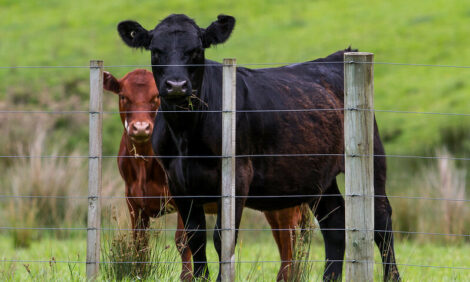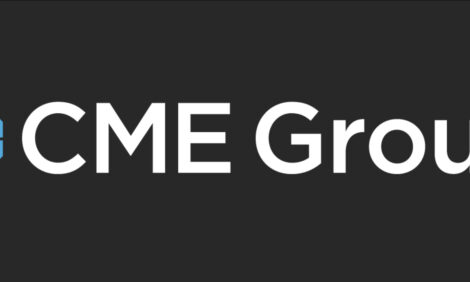



AMI to Congress: It’s Time for China to Put Beef Back on the Menu
US - Negotiations to resolve the protracted ban on U.S. beef should be part of the formal agenda for the upcoming Strategic Economic Dialogue meeting set to occur in mid-May, said AMI President and CEO J. Patrick Boyle in testimony submitted to Congress.“The U.S. has demonstrated its trustworthiness in food safety and animal health matters in accordance with internationally accepted scientific principles and should have access to the Chinese market,” he told the Senate Committee on Finance.
Boyle noted that the ban on U.S. beef has frustrated the beef industry, and has stymied the ability to get quality U.S. beef into the hands of increasingly affluent Chinese consumers. “As their economy has grown, diversified, and generated greater household wealth, Chinese consumers have become some of the best new customers for the members of AMI,” he noted. According to a recent McKinsey and Company report, it’s estimated that 700 million Chinese households will migrate from poor to middle class in the next ten years.
China was the ninth largest market for U.S. beef in 2003 with sales in excess of $27 million, before the ban was put into place. “But the real value of this market is their rapidly growing middle class. The average Chinese consumer’s largest expenditure is food,” he said. In 2006, China imported more than $575 million in pork and poultry products, a 55 percent increase over 2005 values. For 2007, they are already importing 121 percent more pork and poultry products by value than by this same time in 2006. Only four years ago their exports of pork and poultry were approximately $100 million annually.
On March 12, 2007, a World Organization for Animal Health (OIE) expert panel recommended a preliminary designation for the U.S. of a "Controlled Risk" country for BSE. “This designation affirms the U.S.’ proactive and effective commitment to preventing BSE and controlling it should it occur. Under such a designation, U.S. cattle and products from cattle of all ages can be safely traded in accordance with international guidelines, due to our interlocking safeguards,” Boyle said.
He told the committee that the facts are indisputable, and no nation has acted with as much forethought as the U.S. to prevent a disease, detect it if it existed and control and destroy it if it occurred. He detailed how the U.S. has used a surveillance system that far exceeds international guidelines and found 3 cases out of a 100 million herd of cattle. “It is imperative that the U.S. and China abide by the OIE’s international animal health guidelines to facilitate trade between both nations,”
Source: Meat AMI.com


